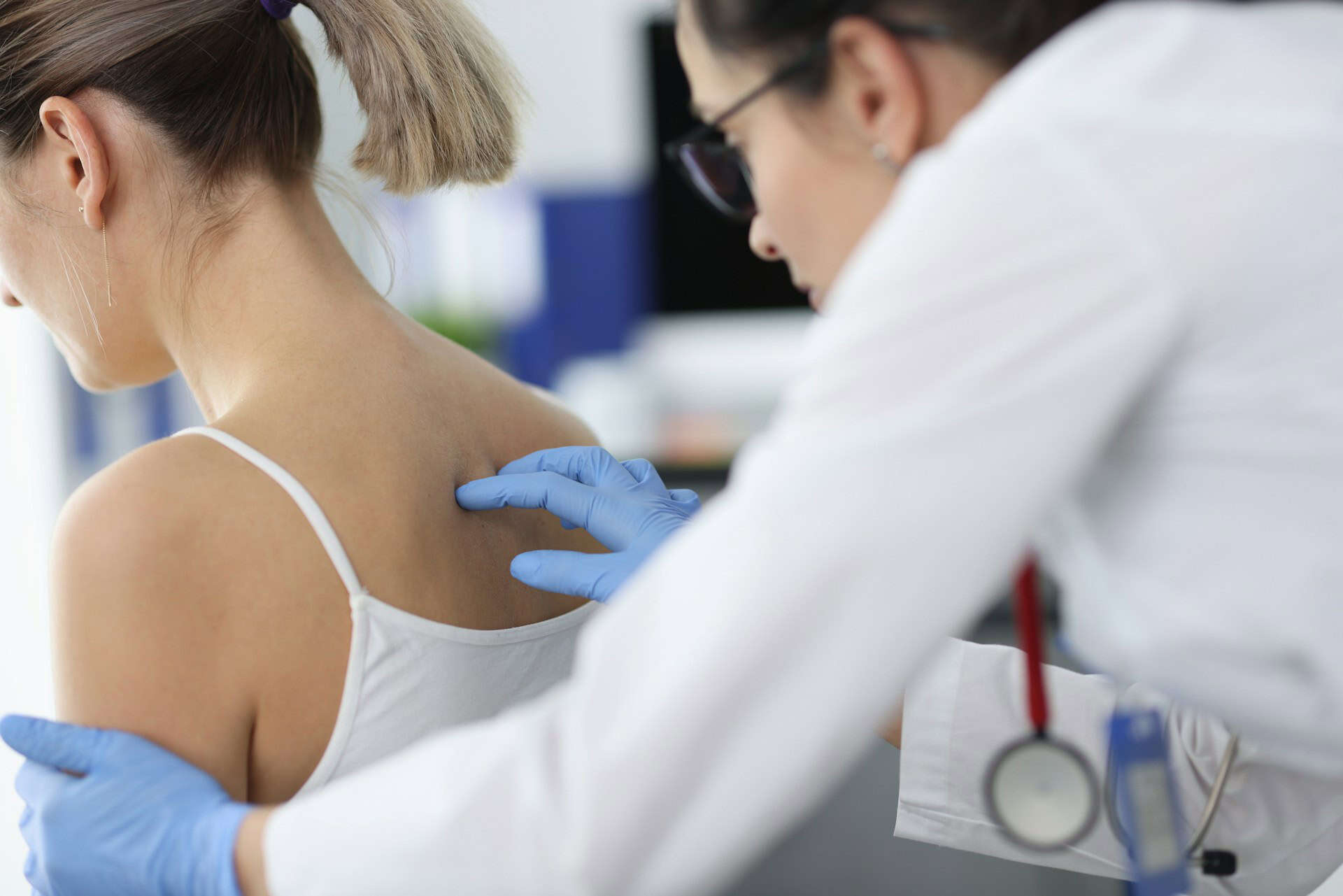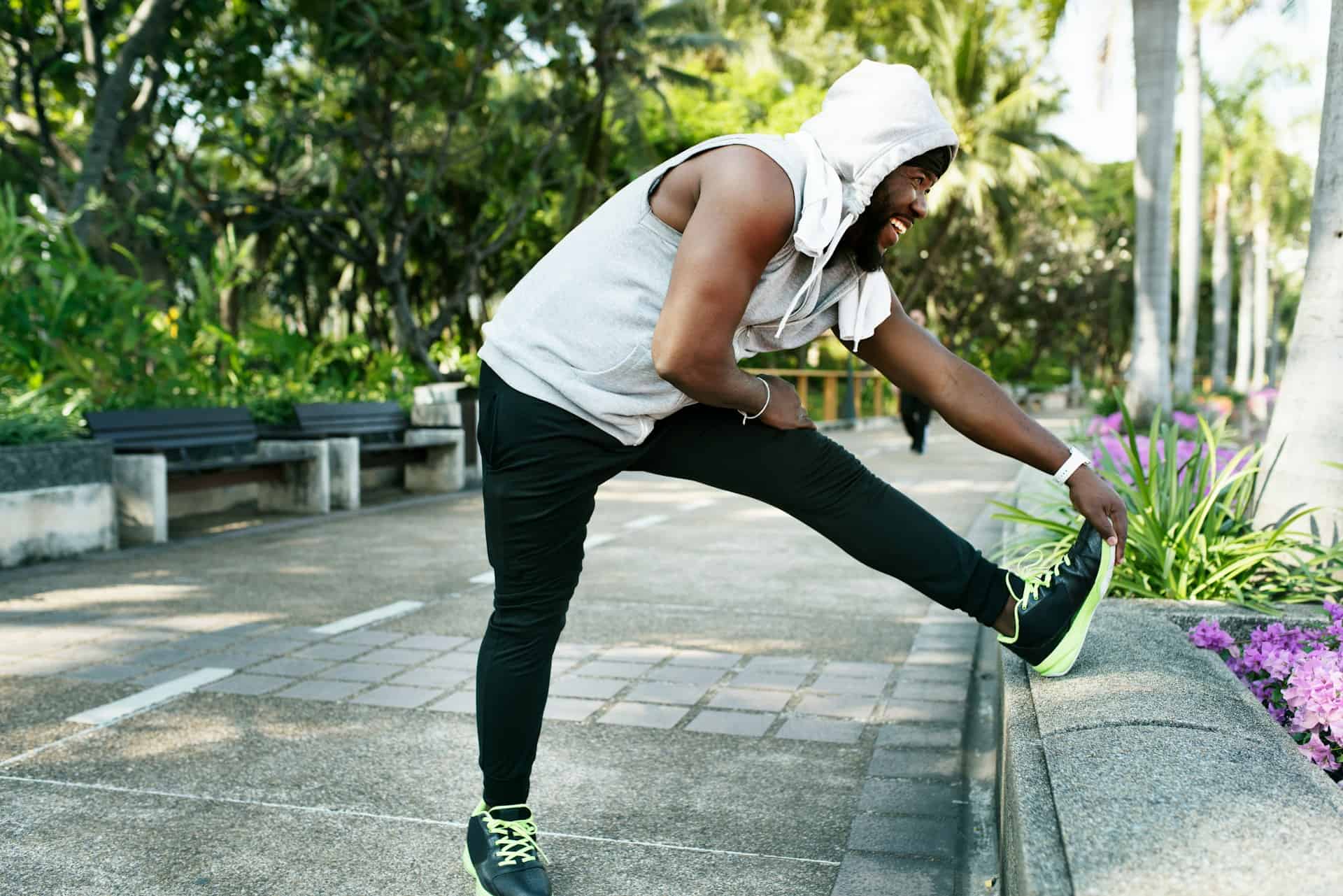Personal injuries can occur in various situations, from everyday activities to more hazardous environments. They can range from minor cuts and bruises to severe, life-altering conditions. Understanding the causes and treatment options for personal injuries is essential for effective management and recovery.
Common Causes of Personal Injuries
Personal injuries can be caused by a multitude of factors. Some of the most common causes include:
- Accidents:
- Motor Vehicle Accidents: Collisions involving cars, motorcycles, bicycles, and pedestrians.
- Slip and Fall Accidents: Falls due to wet floors, uneven surfaces, or poor lighting in public or private spaces.
- Workplace Accidents: Injuries resulting from machinery, falls, repetitive strain, or hazardous materials.
- Sports and Physical Activities:
- Contact Sports: Injuries from sports like football, hockey, and rugby.
- Recreational Activities: Injuries from activities such as skiing, skateboarding, and cycling.
- Violence and Assault:
- Physical Assault: Injuries inflicted by another person.
- Domestic Violence: Injuries within a domestic setting.
- Medical Malpractice:
- Surgical Errors: Mistakes made during surgical procedures.
- Misdiagnosis: Incorrect diagnosis leading to inappropriate treatment.
- Defective Products:
- Faulty Machinery: Injuries caused by malfunctioning equipment or machinery.
- Toxic Substances: Exposure to harmful chemicals in products.
Symptoms of Personal Injuries
The symptoms of personal injuries can vary widely depending on the type and severity of the injury. Common symptoms include:
- Pain: Acute or chronic pain in the affected area.
- Swelling: Inflammation around the injury site.
- Bruising: Discoloration of the skin due to internal bleeding.
- Cuts and Lacerations: Open wounds or deep cuts.
- Fractures: Broken bones causing severe pain and immobility.
- Sprains and Strains: Damage to ligaments or muscles causing pain and limited movement.
- Head Injuries: Concussions, dizziness, and headaches.
- Numbness and Tingling: Sensations indicating nerve damage.
Treatment Options for Personal Injuries
The treatment for personal injuries depends on the nature and severity of the injury. Common treatment options include:
- First Aid:
- Cleaning Wounds: Properly cleaning cuts and applying antiseptics.
- Bandaging: Using bandages to protect wounds and control bleeding.
- Rest, Ice, Compression, Elevation (RICE): A method used for sprains and strains to reduce swelling and pain.
- Medical Treatment:
- Medications: Pain relievers, anti-inflammatory drugs, and antibiotics for infections.
- Surgery: Required for severe injuries such as fractures, internal bleeding, or organ damage.
- Physical Therapy: Exercises and treatments to restore movement and strength.
- Rehabilitation:
- Occupational Therapy: Helps individuals regain the ability to perform daily activities.
- Chiropractic Care: Adjustments to relieve pain and improve function.
- Pain Management:
- Medications: Prescription pain relievers and muscle relaxants.
- Alternative Therapies: Acupuncture, massage therapy, and yoga.
Prevention Tips
Preventing personal injuries involves adopting safety practices and being aware of potential hazards. Some preventive measures include:
- Use Safety Equipment: Wear helmets, seat belts, and protective gear during sports and activities.
- Maintain a Safe Environment: Keep homes and workplaces free of hazards such as clutter, wet floors, and poor lighting.
- Follow Guidelines: Adhere to safety guidelines and procedures in workplaces and while engaging in physical activities.
- Regular Check-Ups: Routine medical check-ups can help identify and address health issues that may lead to injuries.
- Stay Informed: Educate yourself on the proper use of tools, machinery, and products to avoid accidents.
Conclusion
Personal injuries can significantly impact daily life, but with proper understanding of their causes and treatment options, individuals can effectively manage and recover from their injuries. If you experience a personal injury, it is crucial to seek immediate medical attention and follow a tailored treatment plan. By adopting safety measures and staying informed, you can reduce the risk of personal injuries and maintain a healthy, active lifestyle.





